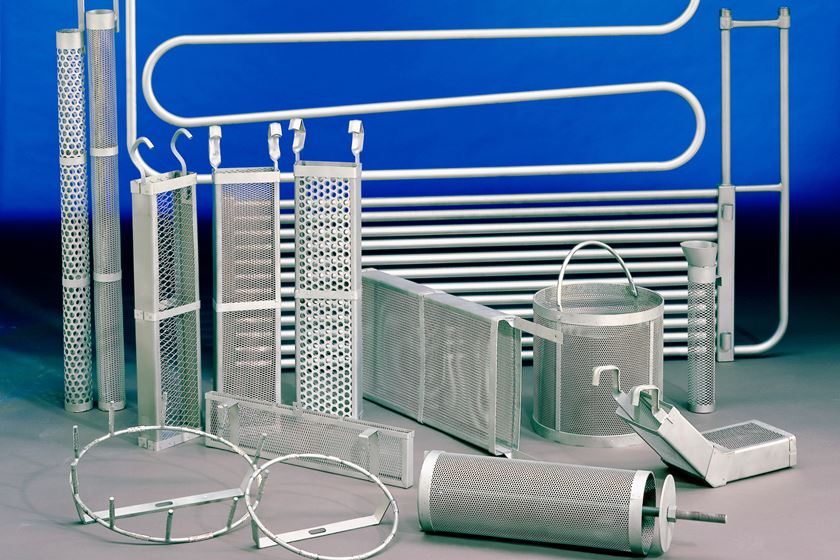Aluminum Nameplates
Question: I am the industrial engineering supervisor for an electrical equipment manufacturer.
Question:
I am the industrial engineering supervisor for an electrical equipment manufacturer. My factory has a production area that creates aluminum legend plates used on industrial control panels. Our current process involves etching the aluminum plates with a laser marking device. We treat the etched lettering with a chemical called aluminum black, which turns the etched lettering black. The process is only suitable for low production runs. Applying the chemical and working it into the metal with a paintbrush is consuming too much time. We are looking to substantially increase our volumes and improve our process. What would you suggest as a method or a way of improving our current process? K.M.
Answer:
There are a couple “standard” processes used for finishing legend plates or nameplates as we called them at Westinghouse. As background information for the uninitiated, a nameplate is manufactured by either etching away the background, leaving the information as high spots, or etching away the information, leaving the background as high spots. This is done by chemically etching the aluminum. The maskant is produced photographically using a photoresist material similar to those used in printed wiring board manufacturing. The areas under the photoresist to be etched are not exposed and cured and can be dissolved and washed away. This leaves bare aluminum exposed for action by the etchant. The finishing operation in both cases uses paint. In both cases the coating is applied to the whole nameplate and then the excess is wiped off the high spots leaving the coating intact on the low spots. This leaves the background painted where the background is etched away. It leaves the information painted where the information is etched into the plate.
Featured Content
Another process, which requires careful selection of masking and paint coating materials, is to coat the nameplate immediately after etching while the maskant is still in place. After the paint is cured, the mask can be removed leaving the paint in place.
To take it a step further, the paint can be applied electrophoretically using a small electrocoat tank. Since the photoresist is an insulator, it will not be covered by the electrocoat materials. Only the exposed aluminum will be coated. Although this process uses more exotic technology, it can be automated eliminating the manual portions.
RELATED CONTENT
-
Curing Oven Basics
Simply heating up the substrate does not cure the coating. There are many variables to consider when choosing the best cure oven for your application...
-
Painting Over Powder Coating
How safely can they apply their wet paint over our powder coated parts?
-
Drivers of Change
Is your metal finishing software ready for an upgrade?


















